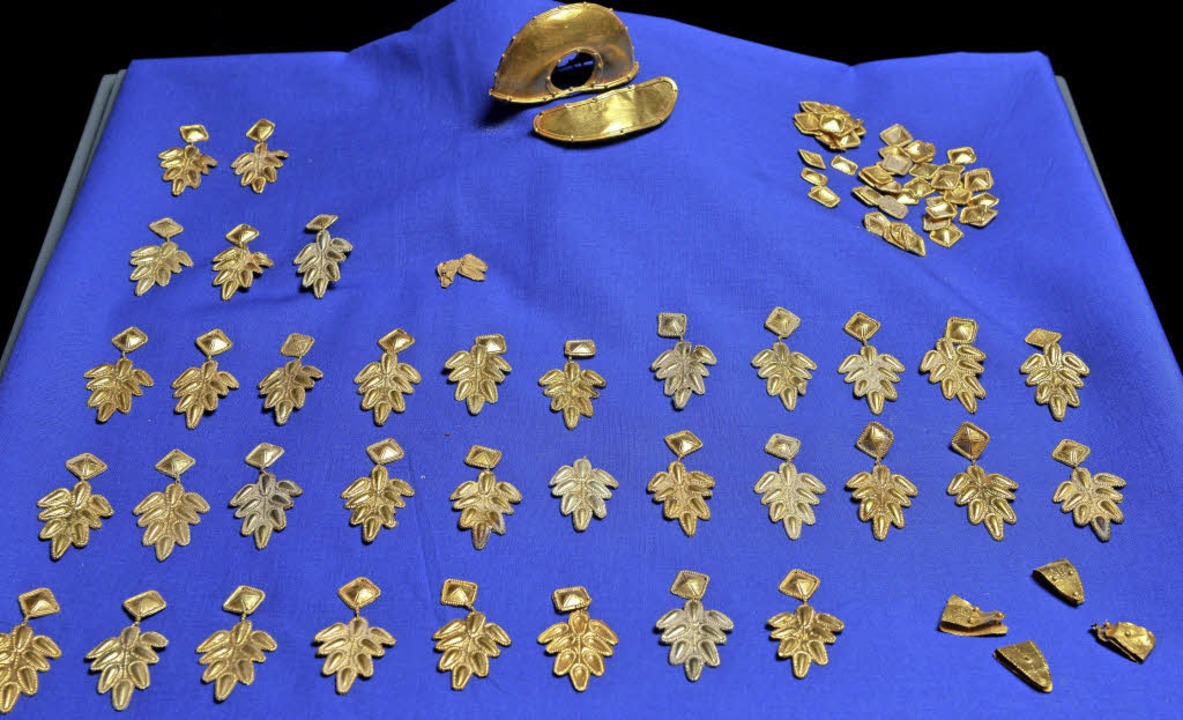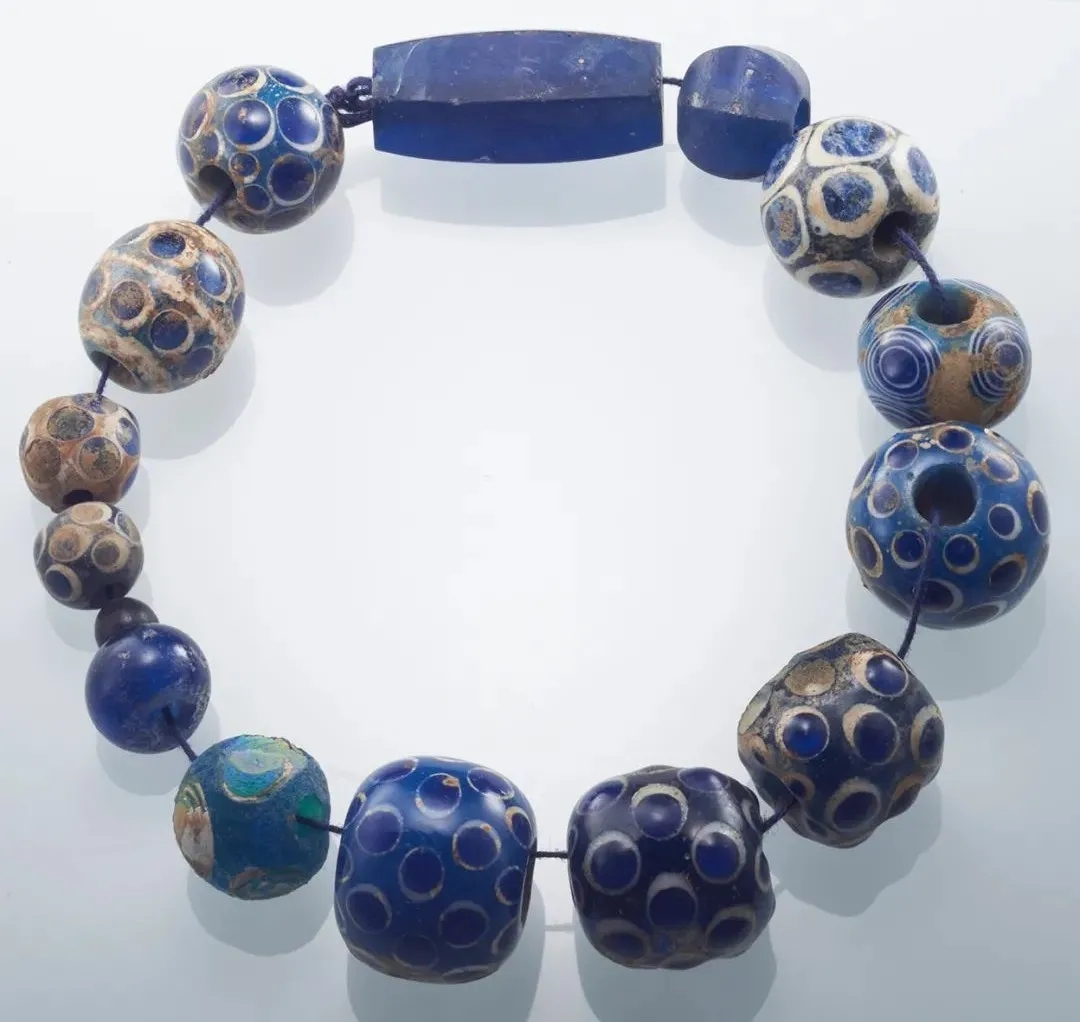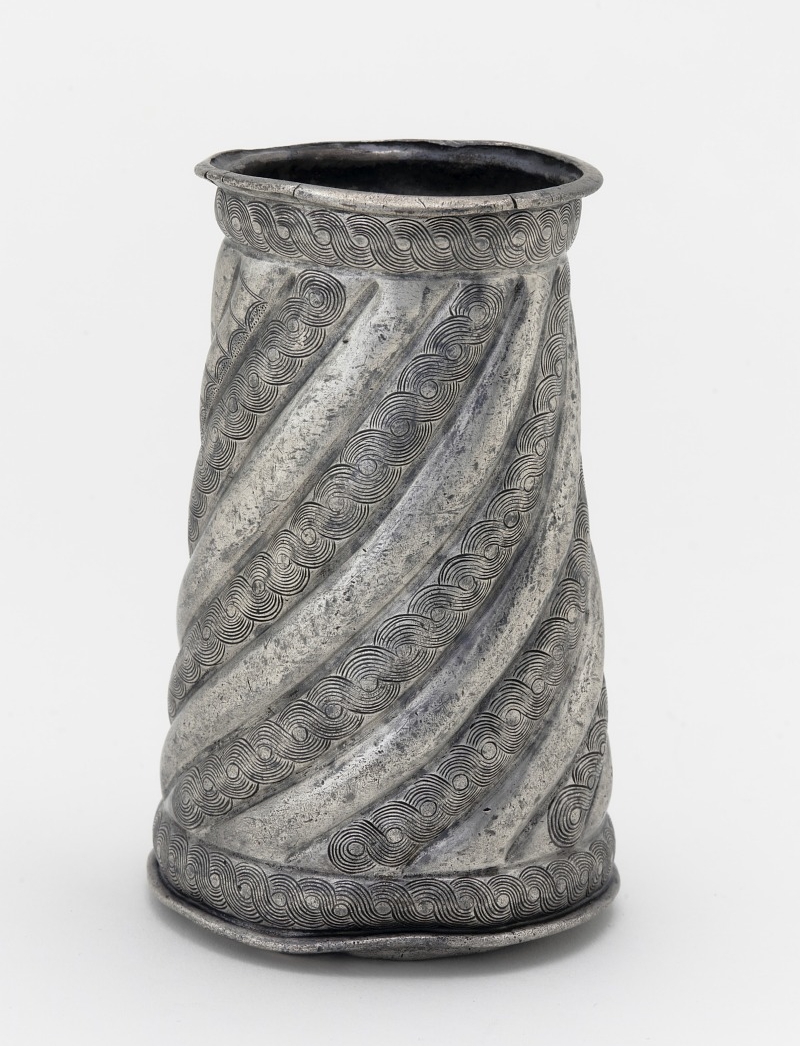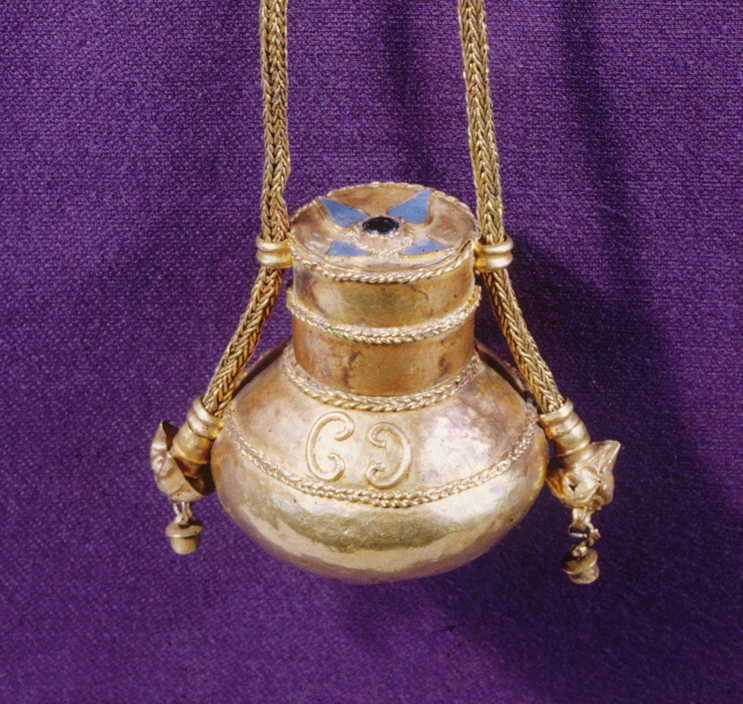Greek votive relief from Piraeus dedicated to Dionysus by a group of actors after a theatrical performance, possibly the Bacchantes by Euripides. Dionysus is shown lying on a couch (klinè), holding a rhyton and a phiale. At the foot of the couch stands a woman, Paideia, facing a man who holds a theatrical mask in his left hand. Two actors are present, one holding an eardrum and the other a mask and an eardrum. Dated to ca 400 BCE.
In the NAM Athens, inv. no. 1500
Source: Catalog of NAMA, Nikolaos Kaltsas, p. 325

pic. 1 
pic. 2
- Votive relief at the NAMA, Nr 3872 https://commons.wikimedia.org/wiki/File:Votive_relief_NAMA_3872_(DerHexer).JPG
- Votive relief. Pentelic marble. Found in the sanctuary of Eleusis. The relief belongs to the “funerary banquet” type. A god is depicted at the right on a couch, at the foot of which sits his companion, holding a wreath or ribbon. In front of them is a table with food. At the left, behind another table, Persephone crowns Demeter. A wine-pourer at the left edge draws wine from a krater. According to the inscription beneath the representation, the plaque was dedicated by Lysimachides. 350-325 B.C. National Archaeological Museum of Athens. Athens, Greece. Text: Museum inscription. https://commons.wikimedia.org/wiki/File:Votive_relief_of_the_funerary_banquet_type_from_Eleusis_(4th_cent._B.C.)_at_the_National_Archaeological_Museum_of_Athens_on_22_July_2018.jpg
Alabaster urn cover with a very interesting detail – a man reclining on a couch holds a rhyton with a horse promote. Etruscan inscription reads: Larth flave (son) of Sethre (and) Velusnei.
Hellenistic from Volterra (Italy); 2nd century BCE.
The alabaster urn with a scene of Centauromachy comes from Volterra also, but belonged to an other sarcophagus.
In the Louvre















